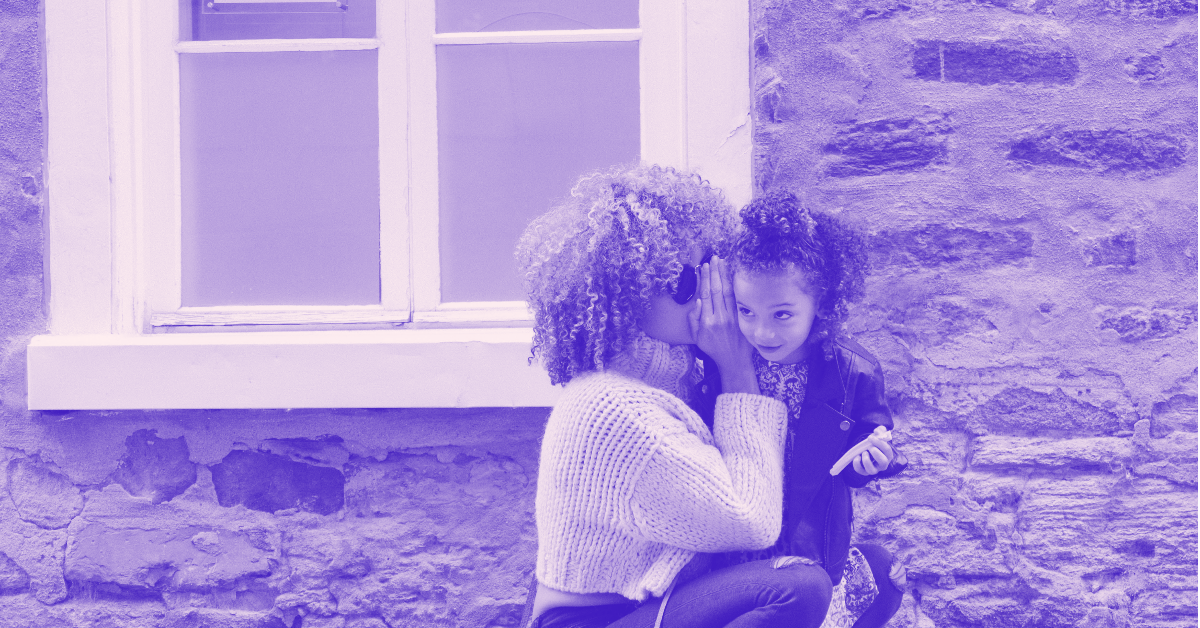Can my attachment style change?
Photo by Sai De Silva on Unsplash
There’s been a lot of attention given to attachment styles over the last few years, and rightfully so. That’s because attachment can provide excellent insight into the how’s and why’s around our way of connecting with others.
I discussed some of the origins of attachment theory in previous articles, and today I want to focus on a common question:
Does my attachment style change?
Spoiler alert: yes, it does.
It’s not the easiest in the world to change your baseline attachment, given that it is imprinted during our development, but research has shown it’s possible.
Furthermore, just because someone has a base attachment of anxious-avoidant doesn’t mean they will show up like that across ALL relationships.
Think about how you interacted similarly or differently across your past relationships. Take a moment to think about your past relationships and consider the following:
Did you show up the same way in all relationships?
Did you have the same expectations of contact with you and a partner?
Did you have similar concerns about your partner’s level of commitment?
Have your partners had a similar complaint about your lack of availability?
Chances are that while you may have a general trend towards one style, you likely had experiences acting out other attachment styles, whether it is secure, disorganized, anxious, etc. For example, you may have a history in relationships where you’re feeling like you’re constantly asking for more because your partner is unavailable. However, there can be a person or dynamic in another situation that can give you the ol’ uno reverse and make you pull back with them.
Want to learn a quick way to change your view of sex and intimacy?
Click below to receive your copy for free!
Getting closeness just-right
We can think of anxious attachment styles as mechanisms to maintain a comfortable amount of closeness to, and also the distance from, an attachment figure. I’m not saying it’s always the most accurate strategy, but it’s one created from early childhood experiences.
Therefore, if your childhood consisted of caregivers who:
weren’t always physically or emotionally available
felt inconsistent or unclear about their care or love for you
were emotionally or physically abusive or neglectful
Then you may (and understandably so) seek the reassurance of your connection to others by maintaining closeness. It’s almost an unconscious thought of “If it’s close, then I can’t lose it.” You can likely see how this might not benefit a person’s mental health or the relationship’s health.
Why would my attachment style change?
Your attachment style was created through relationships with your primary caregivers and is potent because of this happening during your development. However, once you get older, your attachment style is not fixed.
Just as your attachment style is created through a relationship with another person, it can change from other significant relationships. If a person with anxious attachment is in a relationship with a securely attached person, they can show signs of moving towards a secure attachment themselves. If they include talk therapy, they increase their chances.
Why should I change my attachment style?
That’s, of course, entirely up to you. Some people with anxious attachment styles report feeling “exhausted” by the amount of time and energy they spend worrying about their relationships. They feel that they would have more energy if they were more confident in their relationships.
If you identify as anxiously attached, what do you think would be different if you were secure in your attachments?
Those who lean anxiously avoidant may not immediately see an issue with their attachment style, other than receiving complaints from partners. However, over time they may notice that they are seeking deeper relationships and are uncertain how to foster them.
How would I change my attachment style?
Those with anxious attachment styles react to unconscious drives and habits developed from a young age, which can’t change overnight. However, with enough positive, healthy relational experiences, their attachment alarms begin to rest a bit more. They become less hyper-vigilant, and their relationship to closeness or distance becomes less tense.
Have you experienced your attachment style changing over time? Have you noticed your attachment style looking different in different types of relationships?
Comment below and share this article with others to keep the discussion going.
